Mindfulness and Relaxation Techniques
Mindfulness Relaxation
How many of us would claim relaxation is just about collapsing in front of the TV at the end of the day? We may enjoy watching our favourite programmes, but it does little to reduce the damaging effects of stress – to do this, we need to activate the body’s natural relaxation response, by practising mindfulness relaxation techniques including mindful meditation, yoga and rhythmic exercise. Fitting these into our life will help reduce everyday stress and enhance our energy and mood far better than sitting in front of the TV! Passive relaxation does not produce the relaxation response.
Learn about mindfulness relaxation; what is the relaxation response and why is it so important to our well-being?
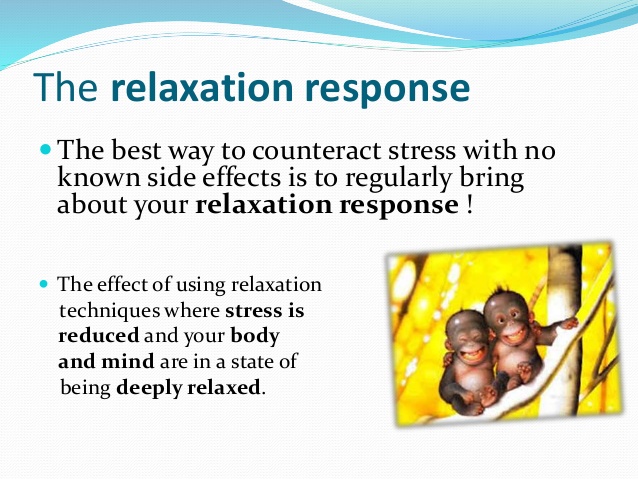
The relaxation response. The best way to counteract stress with no know side effects is to regularly bring about your relaxation response! The effect of using relaxation techniques where stress is reduced and your body and mind are in a state of being deeply relaxed.
When we encounter stress in our life, our nervous system floods our body with chemicals preparing us for ‘fight or flight’ and while this is vital in life-threatening situations, it is bad news for our bodies when this reaction is constantly triggered by the everyday stresses in our life. We cannot avoid stress, but we can enormously help to curb its affects by learning how to produce the relaxation response – deep rest, which helps stop stress and brings our body and mind back to equanimity. The target is to be both physically relaxed and mentally alert at the same time.
‘Be patient. Relax and trust. LET GO. Then, let go some more’ Melody Beattie
When we activate the relaxation response we are able to effect the following changes to our body:
- Our heart rate slows down
- Breathing becomes slower and deeper
- Blood pressure reduces or stabilises
- Our muscles relax
- Blood flow to our brain increases
As well as the calming physical effects, mindful relaxation also boosts energy and focus, fights illness, relieves aches and pains, increases problem-solving ability and boosts motivation and productivity – all of which can be enjoyed by any person through regular practice. The Mindful Relaxation Blueprint (book)
‘Sometimes, the most productive thing you can do is relax’ Mark Black
Discover which is the best mindfulness relaxation technique for us?
There are a variety of relaxation techniques, some of which are deep breathing, progressive muscle relaxation, mindful meditation, rhythmic exercise and yoga. There is no single relaxation technique which is suitable for everyone – we are all different and have different needs, preferences, fitness and ways we react to stress. The right relaxation technique will be the one that fits into our individual lifestyle; helps us focus our mind; and is able to interrupt our everyday thoughts to bring forth the relaxation response. It can also often help to combine different techniques to keep us motivated and provide the best outcome.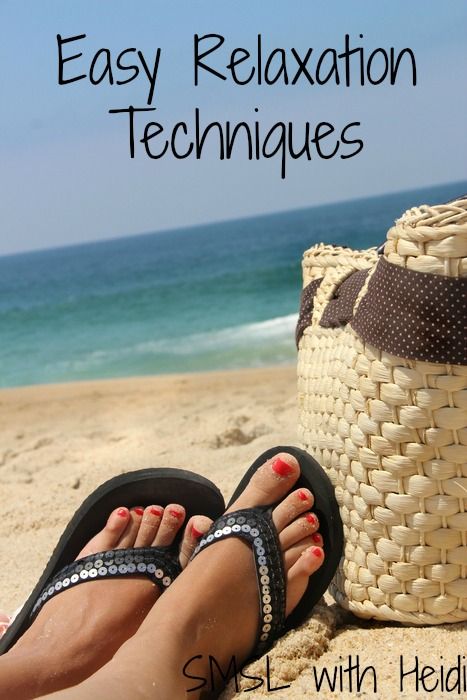
We all react to stress in different ways and how we react may affect our choice of relaxation technique:
- The ‘fight’ response – we may respond better to stress relief activities which help calm us, if our normal response to stress is to become angry or agitated – such as meditation, progressive muscle relaxation or deep breathing (all practised of course, with mindfulness). Mindfulness Art Therapy set
- The ‘flight’ response – we will respond better to stress relief activities which are stimulating and energise our nervous system, if our response to stress is to become depressed or withdrawn – such as rhythmic exercise, mindfulness or power yoga.
- The immobilisation response – some of us may ‘freeze’ under stress and in these cases our challenge is to first switch our nervous system into the ‘fight or flight’ response, so we can then apply the appropriate stress relief techniques. We will therefore need to choose a physical activity which uses both our arms and legs, such as running, dancing or playing a sport and practise it with mindfulness, focusing on our limbs as we move.
‘If we didn’t spend so much time reacting to things, we would spend less time being bothered. We would be able to relax in our lives the way our mind relaxes in meditation’ Angel Williams
Tips on how to make mindfulness relaxation techniques part of our daily lives
Learning these basic relaxation techniques isn’t difficult, but it takes daily practise to feel the full benefits of their stress-relieving power. Studies show that setting aside at least 10 to 20 minutes a day can be very beneficial, however to maximise the benefits we need to aim for at least 30 to 60 minutes.
Choose a convenient time in our daily schedule for our practise : if possible once or twice a day. Many of us find it easier to choose first thing in the morning, before our normal everyday lives intrude.
Don’t practise when we’re sleepy : many of these techniques are so relaxing that they can make us very sleepy, but we will benefit most from practising when we’re fully awake and alert. We should therefore avoid practising near bedtime, after a heavy meal or after drinking alcohol.
Accept ups and downs : we may miss a few days or even weeks, but this is no reason to give up altogether. We should just get started again and slowly build up our old momentum.
When we exercise we should always practise mindfulness at the same time: by focusing our attention on our body and practising mindfulness – focusing on our breathing, our movements and how our body feels, (instead of ‘zoning out’ or just staring at the TV) – we will greatly improve the relaxation benefits.
If we feel that we don’t have time for a daily practise in our already busy lives we should remember that many relaxation techniques can be practised whilst doing other things:
- We can meditate whilst commuting to work on public transport or whilst waiting for an appointment.
- We can practise deep breathing during our break at work or when winding down at the end of the day.
- We can take a yoga class at lunchtime.
- We can practise mindful walking when exercising our dog or walking to our car.
7 mindfulness relaxation techniques to try!
Mindfulness breathing – this is explained in full detail on our Mindfulness Breathing page. Focusing on full, cleansing breaths, it is a simple, but powerful relaxation technique. It can be practised anywhere, by anyone, and instantly helps to reduce stress levels. Deep breathing is a part of many other relaxation practises and can, if desired, be combined with music and aromatherapy. We only need a few minutes and a place to rest.
Mindful Relaxation (amazon streaming)
Tibetan Plain singing bowl with pouch
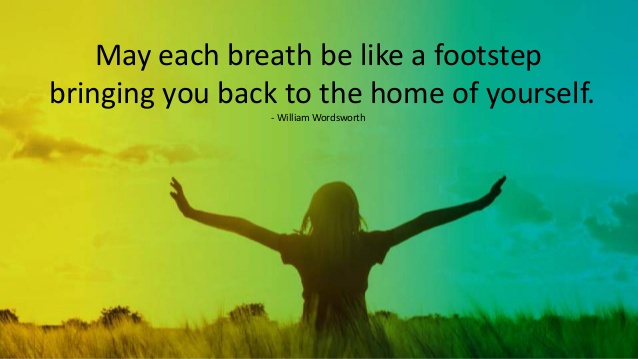
May each breath be like a footstep bringing you back to the home of yourself – William Wordsworth
Progressive muscle relaxation – this is where we systematically tense and relax different muscle groups in the body. If we have any history of muscle spasms, back problems, or any serious injury, it is always best to check with the doctor first, however with regular practise, progressive muscle relaxation can give us more awareness of what tension – as well as relaxation – feels like in the different parts of our body. This can then help you recognise the first signs of muscular tension when we are stressed and then as our body relaxes, so will our mind. Combining deep breathing with progressive muscle relaxation can give extra stress relief.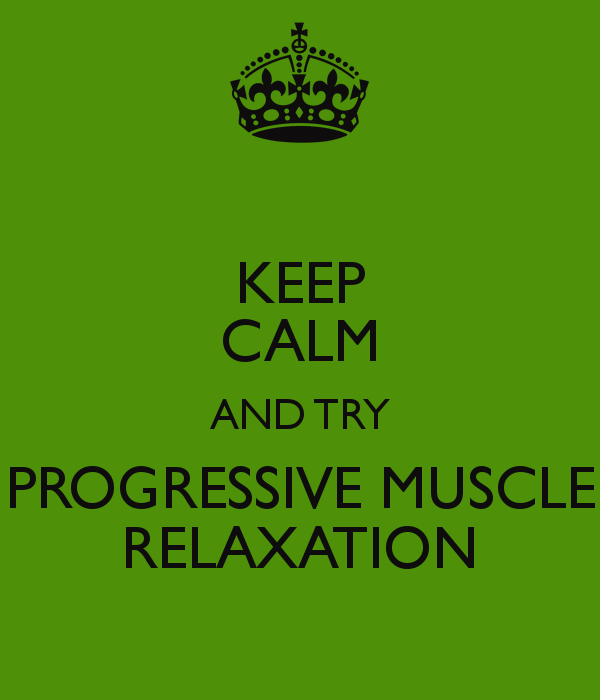
How to practise progressive muscle relaxation:
- We should loosen our clothes, take off shoes and make ourselves comfortable, taking a few minutes to relax, with slow, deep breaths in and out.
- Once relaxed, focus on our right foot and how it feels, then slowly tensing the muscles, squeezing as tightly as possible and holding for 10 seconds.
- Relax the right foot, focusing on the tension flowing away and how it feels as it becomes limp and loose.
- Now shift to the left foot and repeat – contracting and releasing the muscle.
- Move slowly up through the body, tensing and relaxing the muscle groups as we go.
- Try not to tense any muscles other than those on which we are concentrating.
Mindfulness meditation – again, this is explained fully on our Mindfulness and Meditation page. It focuses on being fully in the ‘present’ moment and has long been used to reduce stress, anxiety, and depression. Instead of worrying about the future or what has already happened, mindfulness meditation focuses on what is happening right now. Mindfulness can also be practised during walking, exercising, eating and other such activities.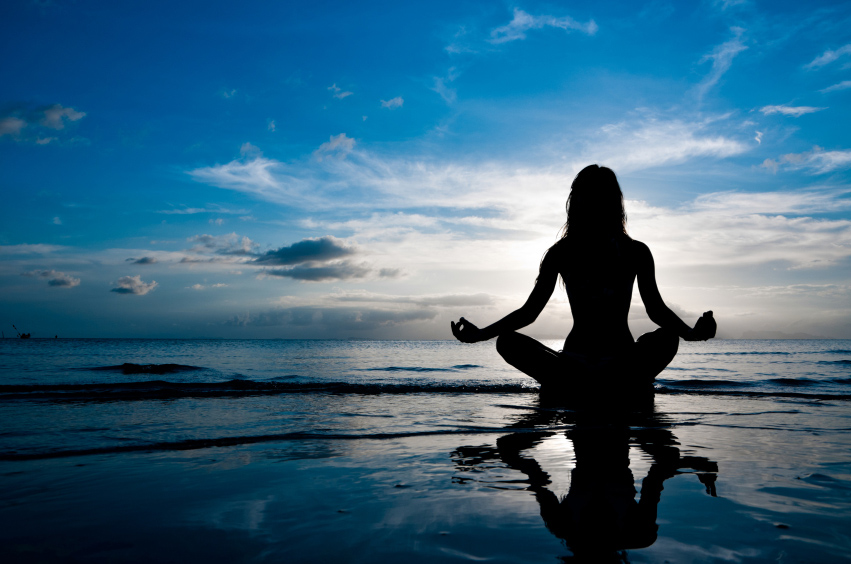
Body Scan Meditation – this encourages mindfulness by bringing our focus to various parts of the body. As in progressive muscle relaxation, we start at our feet and work our way up the body, but instead of tensing and relaxing each muscle, we simply focus on how each part of our body feels, without labelling the feelings as either ‘good’ or ‘bad’.
How to practise body scan meditation:
- We lie on our back, legs uncrossed, arms by our side and focus on our breathing. Breathe deeply for two minutes until we feel relaxed.
- We then focus on the toes on our right foot, noticing any feelings, but still focusing on our breathing and imagining each breath flowing to our toes.
- Move our attention to the sole of our right foot, then our right ankle, still imagining our breath flowing to them. We then move on to our calf, knee, thigh, hip, and then repeat for the left leg.
- From there, we move up the torso, through the lower back, abdomen, upper back and chest and then the shoulders, paying close attention to any area that is causing pain or discomfort – notice it and accept it and move on.
- We then focus on the fingers of our right hand, move up the wrist, forearm, elbow, upper arm and shoulder and repeating on our left arm.
- Finally, we move through our neck and throat and all regions of the face, back of head and top of head, giving close attention to our jaw, chin, lips, tongue, nose, cheeks, eyes, forehead, temples and scalp.
- Once we reach the top of our head, we should imagine our breath reaching out beyond our body.
- After completing the body scan, we should relax for a few minutes, noting how our body feels now, open our eyes (if they were closed) and take a moment to stretch.
Rhythmic movement and mindful exercise – rhythmic exercise using a flow of repetitive movement can be very relaxing, this can include running, walking, swimming, 
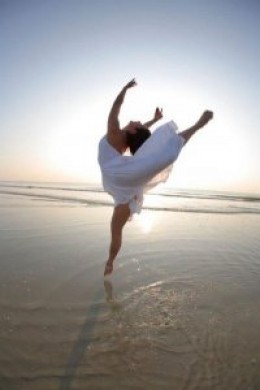 dancing, rowing and climbing. Adding mindfulness to the workout offers the benefit of maximum stress relief. As with meditation, mindful exercise needs us to be fully engaged in the ‘present’ moment. We can achieve this by focusing on our breathing and the sensations in our limbs. For example, whilst running or walking we need to focus on the sensation of our feet toughing the ground, the rhythm of our breath and the feeling of the wind on our face. If our mind wanders, we just gently re-focus on our breathing and movements.
dancing, rowing and climbing. Adding mindfulness to the workout offers the benefit of maximum stress relief. As with meditation, mindful exercise needs us to be fully engaged in the ‘present’ moment. We can achieve this by focusing on our breathing and the sensations in our limbs. For example, whilst running or walking we need to focus on the sensation of our feet toughing the ground, the rhythm of our breath and the feeling of the wind on our face. If our mind wanders, we just gently re-focus on our breathing and movements.
Visualisation – or guided imagery – uses the power of our imagination to achieve relaxation and emotional calm, which involves imagining a scene where we feel at peace and free of anxiety. We can choose whatever is most calming for us – be it a tropical beach, favourite childhood spot or quiet wooded haven. It can also help to use soothing music or a recording that matches our chosen setting – for example, the sound of waves if we’ve chosen a beach.
 How to practise visualisation:
How to practise visualisation:
- We should close our eyes and imagine our restful place, picturing it as vividly as possible – including everything we can see, hear, smell, taste and feel. Visualisation works best when we include as many sensory sensations as we can – for example, if our restful place is a faraway beach, we should see the sun setting on the water, hear the waves hitting the sand, smell the sea air, feel the soft sand under our toes and taste the tropical juice!
- Enjoy the deep relaxation from the visualisation as we slowly explore our restful place and then when ready, open our eyes and return to the present.
Yoga and Tai Chi – yoga combines deep breathing with both moving and stationary poses and when a beginner, is best practised with a teacher to prevent any injuries. There is more details on our Mindfulness exercises and mindfulness in yoga page, explaining how it can reduce anxiety and stress and also improve flexibility, strength, balance and stamina. Almost all yoga classes will end in a relaxation pose, but classes that employ slow, steady movement, deep breathing and gentle stretching are the best for stress relief.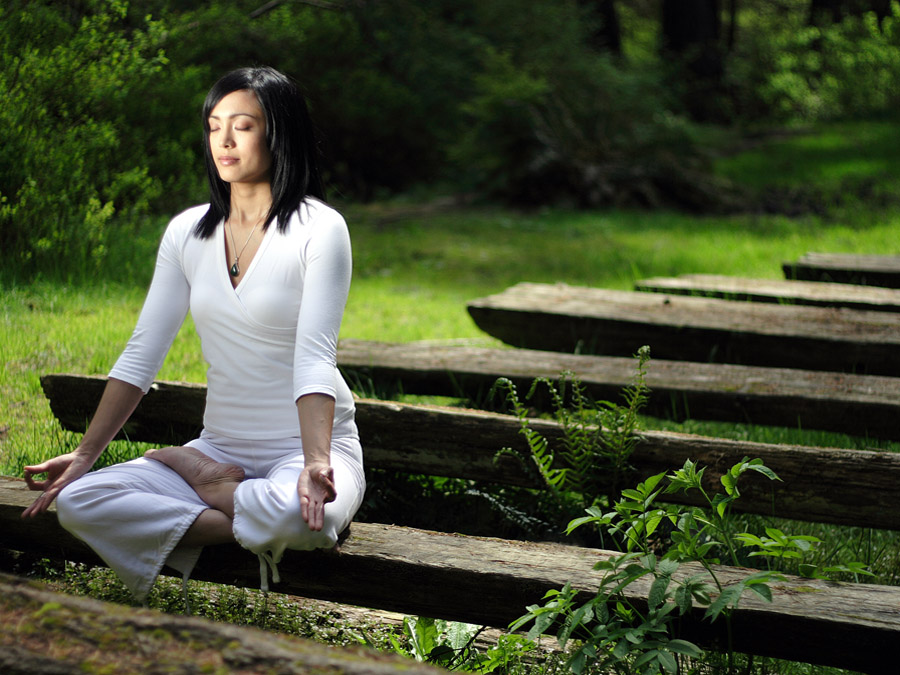
Three recommended types of yoga are:
- Satyananda features gentle poses, deep relaxation and meditation – ideal for beginners as well as any of us looking mostly for stress reduction.
- Hatha yoga is a reasonably gentle class to relieve stress and is suitable for beginners.
- Power yoga has intense poses and focuses on fitness and so better for those of us looking for stimulation as well as relaxation, such as those of us who employ the ‘immobilisation response’ and therefore ‘freeze’ under stress as mentioned above.
- Alternatively, we can look for information which states gentle, for stress relief or for beginners when choosing a yoga class.
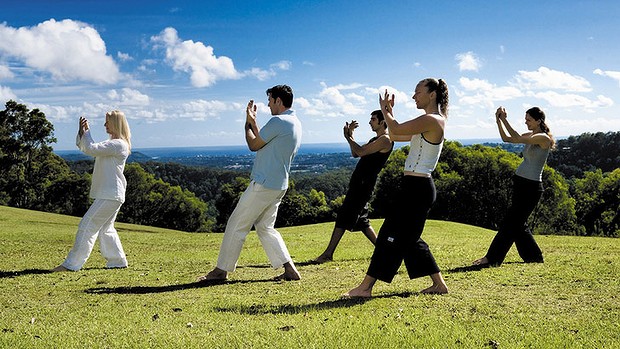 Tai Chi is a series of slow, flowing body movements emphasising concentration and relaxation. It is primarily practised to calm the mind, condition the body and reduce stress and is a safe, low-impact choice for people of all ages and fitness levels. Like yoga, tai chi is best learned in a class, but once the basics have been learnt it is possible to practise alone.
Tai Chi is a series of slow, flowing body movements emphasising concentration and relaxation. It is primarily practised to calm the mind, condition the body and reduce stress and is a safe, low-impact choice for people of all ages and fitness levels. Like yoga, tai chi is best learned in a class, but once the basics have been learnt it is possible to practise alone.
Six minute Mindful progressive muscle relaxation (youtube)
Dream Sky (Calming our minds) stress release music (youtube)
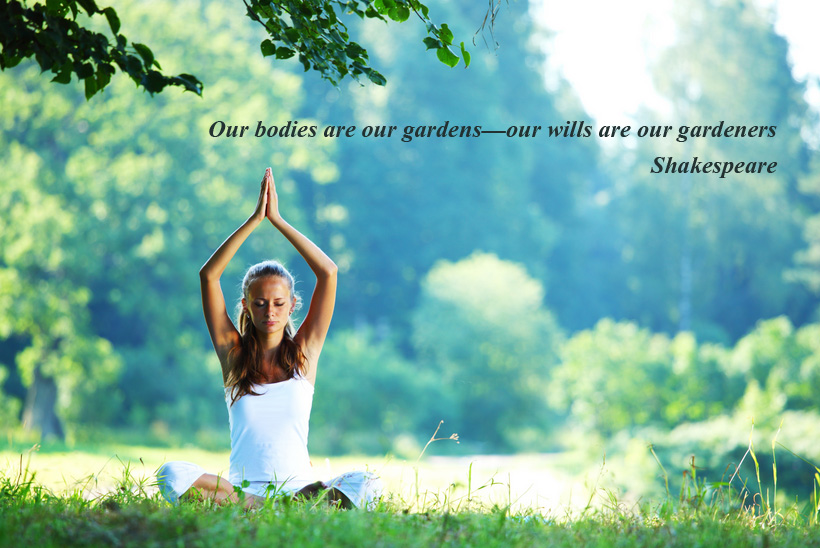
Our bodies are our gardens – our wills are our gardeners – Shakespeare
© 2017 Mindfulness4u.org All rights reserved





